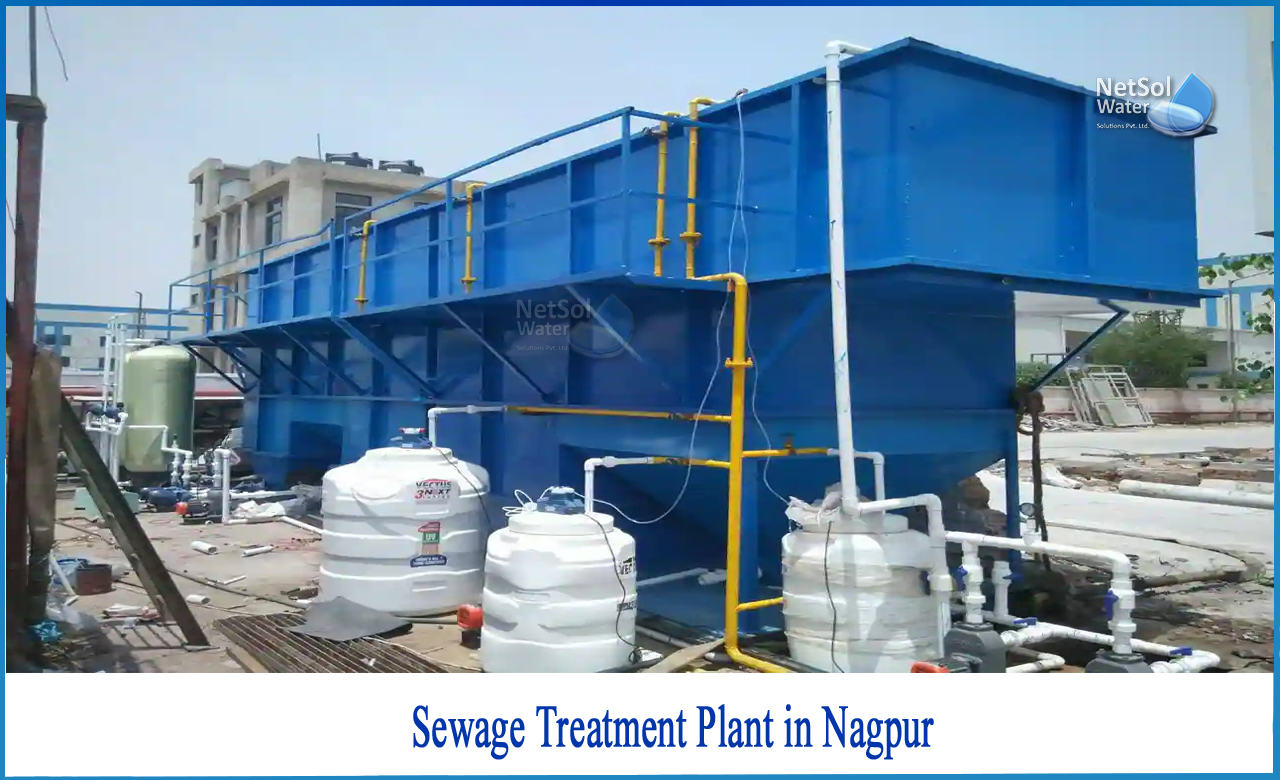What is STP?
Sewage treatment is the process of removing pollutants from wastewater, particularly residential sewage. It combines physical, chemical, and biological techniques to remove these pollutants and provide environmentally safe treated wastewater (or treated effluent). Sewage sludge is a semi-solid waste or slurry that is created as a by-product of sewage treatment and requires additional treatment before it can be disposed of or applied to land.
Sewage treatment is also known as wastewater treatment, however, the latter is a broader word that can also be used to describe simply industrial effluent. When the environmental benefits of treatment outweigh the disadvantages of reduced treatment efficiency, surface runoff and effluents from small-scale enterprises, as well as pre-treated industrial wastewaters, are sometimes channelled through municipal sewage treatment plants.
Because secondary treatment ecosystems require a minimum concentration of biologically decomposable waste to sustain the ecosystem population, dilution of sewage by stormwater runoff or industrial wastewater with low biochemical oxygen demand (BOD) reduces the efficiency of secondary treatment.
STP: Nagpur Case Study
Nobody expected the sewage flowing in the city's three rivers—the Nag, the Pali, and the Pohara—to become a source of income when the Nagpur bench of the Bombay High Court admitted public interest litigation (PIL) against pollution in the city's three riversin 2015.
A unique project managed by the Nagpur Municipal Corporation (NMC) in conjunction with Nagpur Waste Water Commercial Ltd (NWWPL), a private company, decreased pollution while simultaneously making 190 million litres of water available to the city on a daily basis.
The three rivers meet on the outskirts of Nagpur and flow into Gosikhurd, Maharashtra's largest dam, with a capacity of 1,146 million cubic metres. They transport over 570 MLD (million litres per day) of wastewater, thereby turning them into drains. Because of the sewage, two nearby rivers, the Kanhan and the Wainganga, also became polluted.
The NMC was operating a 100 MLD sewage treatment plant (STP) on a nine-acre area in Bhandewadi at the time the PIL was filed. The high court ordered the NMC to boost the plant's capacity, forcing the latter to issue a request for proposals for the project.
The NMC agreed to cover the STP's operating and maintenance costs. Instead of being pumped back into the rivers, the purified water was sold for a modest fee. NWWPL was awarded the contract to construct a new 200 MLD STP on six acres near Bhandewadi existing 100 MLD STP. On June 30, 2018, it was commissioned. The facility used 50 MLD of water from the Nag River and 75 MLD from the Pohara and Pivali rivers, respectively. It has been selling 190 MLD of treated water to Mahagenco-owned power stations in Koradi (90 MLD) and Khaparkeda (100 MLD).
All three stakeholders—the NMC, NWWPL, and Mahagenco—have benefited from the new STP. The NMC receives royalties, NWWPL is assured of business for the next 25 years (the contract's term), and Mahagenco is assured of a reliable water supply for its power plants, which were previously rendered inoperable during the summer months due to water scarcity.
The NMC will ideally not need to look for alternative water resources for at least 15 years because 190 MLD of wastewater is reused—nearly 33% of total wastewater. This also means that the demand for more environmentally damaging dams is reduced.
Conclusion
In various locations across the country, over 62,000 MLD of water is released without treatment. Thermal power plants in our country need 8,000 MLD of freshwater. If treated water could be provided to them, 160 million people's freshwater demands could be met.
What can Netsol Water offer?
Netsol Water offers a comprehensive range of water and wastewater treatment technologies and services to meet the demands of a variety of industries, and our skilled staff can make suggestions on the best solution. This might be as simple as optimizing current equipment and methods to achieve the desired performance or including a new phase into the treatment process.




